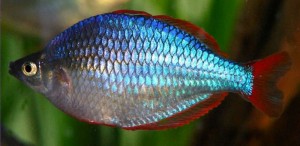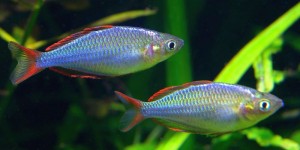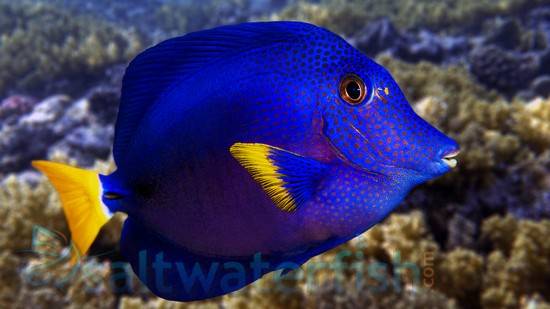The Elegans Cory Cat (Corydoras elegans) also known to tropical fish keeping enthusiasts as the Elegant Cory, is a widespread species that comes from the tributaries of the larger river systems in the western Amazon River basin.
It has been collected from the Ríos Yavarí (Javary), Itaya, Nanay, Carahuayte, Tamaya, Ampiyacu, and Ucayali in Peru, the Ríos Aguarico and Napo in Ecuador, and the rio Solimões in Brazil. They are found in forested streams with substrates of sand, mud, leaf litter, and fallen branches.
The Elegans Cory Cat is a peaceful bottom dwelling scavenger that is commonly kept in South American community tanks by tropical fish keeping enthusiasts. They are somewhat nocturnal in nature and do well with most non aggressive South American species.
Elegans Cory Cats are silver to gold and have a horizontal black stripe that runs from the back of the head to the tail of the fish.
The males are more intensely colored than the females and have a greater proportion of dark markings on the body annd dorsal fins.
Females grow larger than the males and have a broader, and noticeably rounder body; especially during spawning when the females are gravid.
The Elegans Cory Cat does well in a densely planted, dimly lit aquarium with a sandy or fine gravel substrate that is ideally covered with a layer of leaves and aquascaped with a rock or two, and plenty of driftwood roots for them to hide among. These cats are a gregarious species that should be housed with at least 5 or 6 of their own kind.
The breeding of the Elegans Cory Cat is similar to the breeding of other Corydora species. Place several specimens in a tank and allow them to pair off. When a breeding pair is identified, separate them into a breeding tank and condition them for spawning.
When the female is gravid, perform a 50 to 60% water change with cool water, and increase the water flow and oxygenation in the tank by placing a powerhead in the aquarium. Water changes should be done daily until the fish spawn.
Once spawning is completed, most breeders will remove either the eggs or the pair from the tank. The eggs are usually deposited on fine leaved water plants, a spawning mop, a smooth river rock, or often on the aquarium glass where they are fertilized by the male.
To prevent fungus, Indian Almond Leaves or a few drops of methylene blue can be added to the tank water. The eggs will hatch in approximately 3 to 4 days. The fry will absorb their egg sacs and be free swimming in approximately five days, at which time they can be fed baby brine shrimp, mircoworms or finely crushed flake food.
The Elegans Cory Cat is easy to feed and will eagerly accept most sinking pellets, flake foods and fresh, frozen, or freeze dried bloodworms, tubifex
and brine shrimp. Although they can survive on uneaten food on the bottom of the aquarium, a varied diet is important to keep them in excellent condition and free from disease.
Corydoras elegans are relative common to tropical fish keeping enthusiasts and are usually 3/4″ to 1-1/2″ in size when available for purchase.
Minimum Tank Size: 30 gallons
Care Level: Easy
Temperament: Peaceful
Aquarium Hardiness: Hardy
Water Conditions: 72-79° F, KH 2-12, pH 5.8-7.5
Max. Size: 2 1/2″
Color Form: White, Yellow
Diet: Omnivore
Compatibility: Community tanks
Origin: South America
Family: Callichthyidae
Life Span: 5 – 10 years
Aquarist Experience Level: Beginner


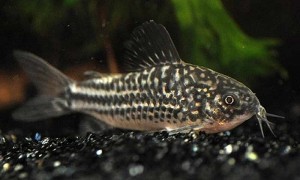
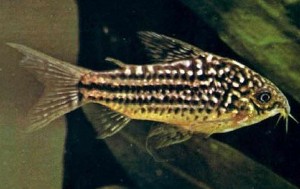

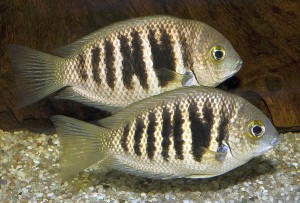
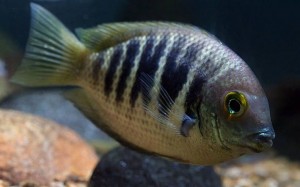

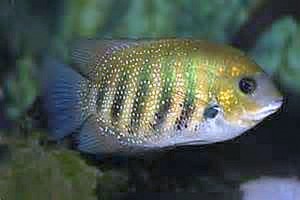


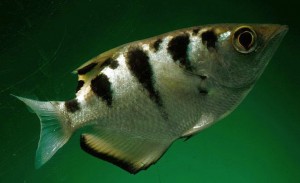
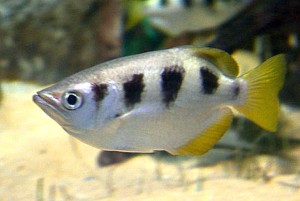

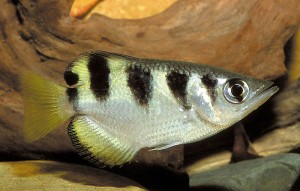
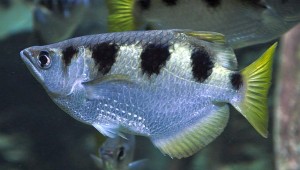

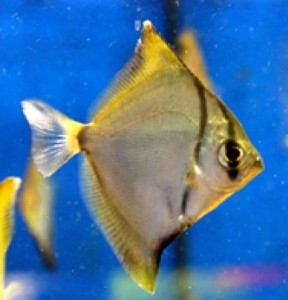
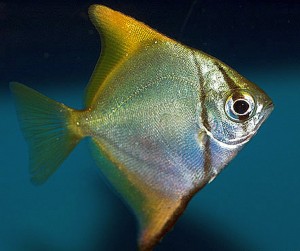

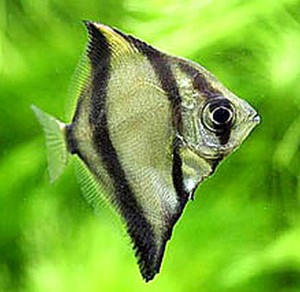
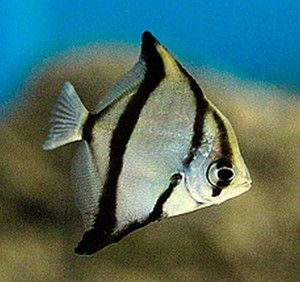

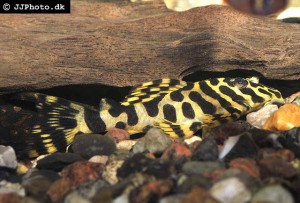


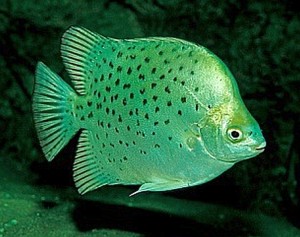
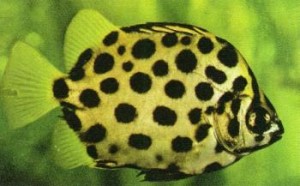
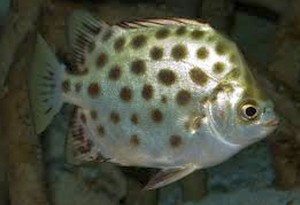





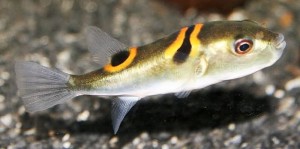

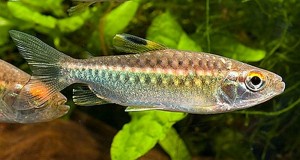
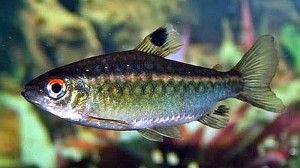

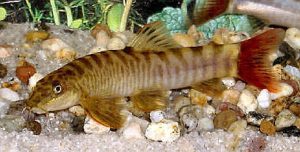
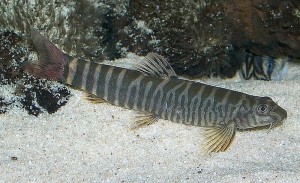


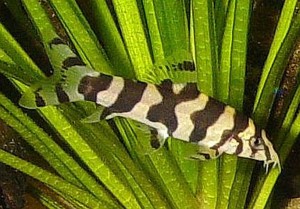

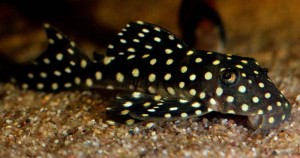

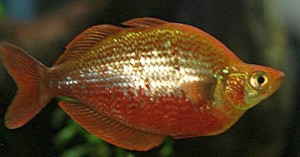
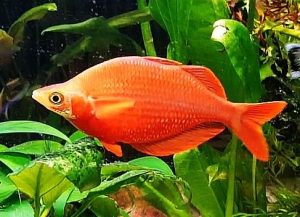


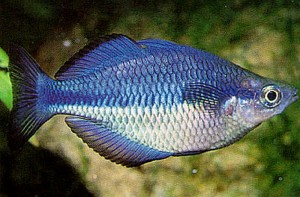
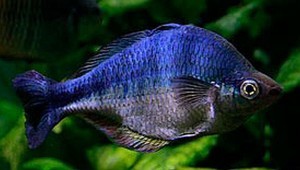

![Banded Rainbowfish (Melanotaenia Trifasciata) Banded Rainbowfish (Melanotaenia Trifasciata) [Blyth River]](https://tropical-fish-keeping.com/wp-content/uploads/2015/06/Banded-Rainbowfish-Melanotaenia-Trifasciata-Blyth-River-100x57.jpg)
![Banded Rainbowfish (Melanotaenia Trifasciata) [Rocky Bottom Creek, Goyder R]](http://www.tropical-fish-keeping.com/wp-content/uploads/2015/06/Banded-Rainbowfish-Melanotaenia-Trifasciata-Rocky-Bottom-Creek-Goyder-R-300x168.jpg)
![Banded Rainbowfish (Melanotaenia Trifasciata) [Goyder River, Jewel]](http://www.tropical-fish-keeping.com/wp-content/uploads/2015/06/Banded-Rainbowfish-Melanotaenia-Trifasciata-Goyder-River-Jewel-300x187.jpg)
![Banded Rainbowfish (Melanotaenia Trifasciata) [Goyder River]](http://www.tropical-fish-keeping.com/wp-content/uploads/2015/06/Banded-Rainbowfish-Melanotaenia-Trifasciata-Goyder-River-300x162.jpg)

